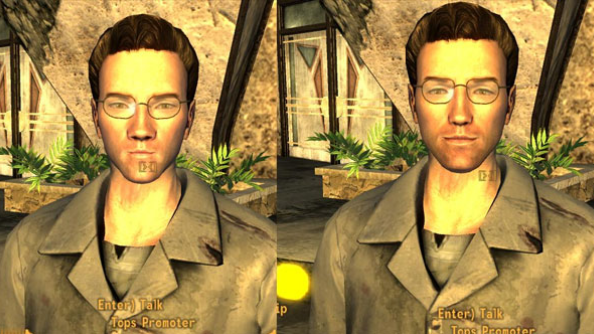Ericsson Mini QпїЅпїЅпїЅпїЅпїЅпїЅпїЅпїЅпїЅиІґr%d}пїЅw1`пїЅ$$pпїЅпїЅ0пїЅ

Ericsson is one of the leading providers of Information and Communication Technology (ICT) to service providers, with about 40% of the world’s mobile traffic carried through our networks. We enable the full value of connectivity by creating game-changing technology and services that are easy to use, adopt and scale, making our customers successful in a fully connected world. For more than 140 years, our ideas, technology and people have changed the world: real turning points that have transformed lives, industries and society as a whole.
View and Download Ericsson MINI-LINK BAS technical description online. Broadband Access System. MINI-LINK BAS Wireless Access Point pdf manual download. View and Download Ericsson MINI-LINK BAS technical description online. Broadband Access System. MINI-LINK BAS Wireless Access Point pdf manual download.
Number of employees ~95,260 Website Ericsson (Telefonaktiebolaget L. Ericsson) is a multinational networking and telecommunications company headquartered in. The company offers services, software and infrastructure in information and communications technology for telecommunications operators, traditional telecommunications and (IP) networking equipment, mobile and fixed broadband, operations and business support services, cable television,, video systems, and an extensive services operation. Ericsson had 35% market share in the 2G/3G/4G mobile network infrastructure market in 2012. The company was founded in 1876 by; as of 2016 it is headquartered in, Sweden.  The company employs around 95,000 people and operates in around 180 countries.
The company employs around 95,000 people and operates in around 180 countries.
Ericsson holds over 42,000 granted patents as of December 2016, including many in wireless communications. An early, wooden, Ericsson telephone, made by the Ericsson Telephone Co. Ltd., of, England, it is now in the collection of. As production grew in the late 1890s, and the Swedish market seemed to be reaching saturation, Ericsson expanded into foreign markets through a number of agents. The UK () and Russia were early markets, where factories were later established improve the chances of gaining local contracts and to augment the output of the Swedish factory. In the UK, the was a major customer; by 1897 sold 28% of its output in the UK. The Nordic countries were also Ericsson customers; they were encouraged by the growth of telephone services in Sweden.

Other countries and colonies were exposed to Ericsson products through the influence of their parent countries. These included Australia and New Zealand, which by the late 1890s were Ericsson's largest non-European markets. Techniques now firmly established; telephones were losing some of their ornate finish and decoration. Despite their successes elsewhere, Ericsson did not make significant sales into the United States. The Bell Group, and dominated the market. Ericsson eventually sold its U.S. Sales in Mexico led to inroads into South American countries.
South Africa and China were also generating significant sales. With his company now multinational, Lars Ericsson stepped down from the company in 1901. Automatic equipment [ ]. LM Ericsson's former headquarters at in Stockholm, see LM Ericsson building Ericsson ignored the growth of in the United States and concentrated on manual exchange designs. Their first dial telephone was produced in 1921, although sales of the early automatic switching systems were slow until the equipment had proven itself on the world's markets.
Telephones of this period had a simpler design and finish, and many of the early automatic desk telephones in Ericsson's catalogues were magneto styles with a dial on the front and appropriate changes to the electronics. Elaborate decals decorated the cases., the subsequent, and the loss of its Russian assets after the slowed the company's development and restricted its sales to countries such as Australia. [ ] Shareholding changes [ ] The acquisition of other telecommunications companies put pressure on Ericsson's finances; in 1925, Karl Fredric Wincrantz took control of the company by acquiring most of the shares.